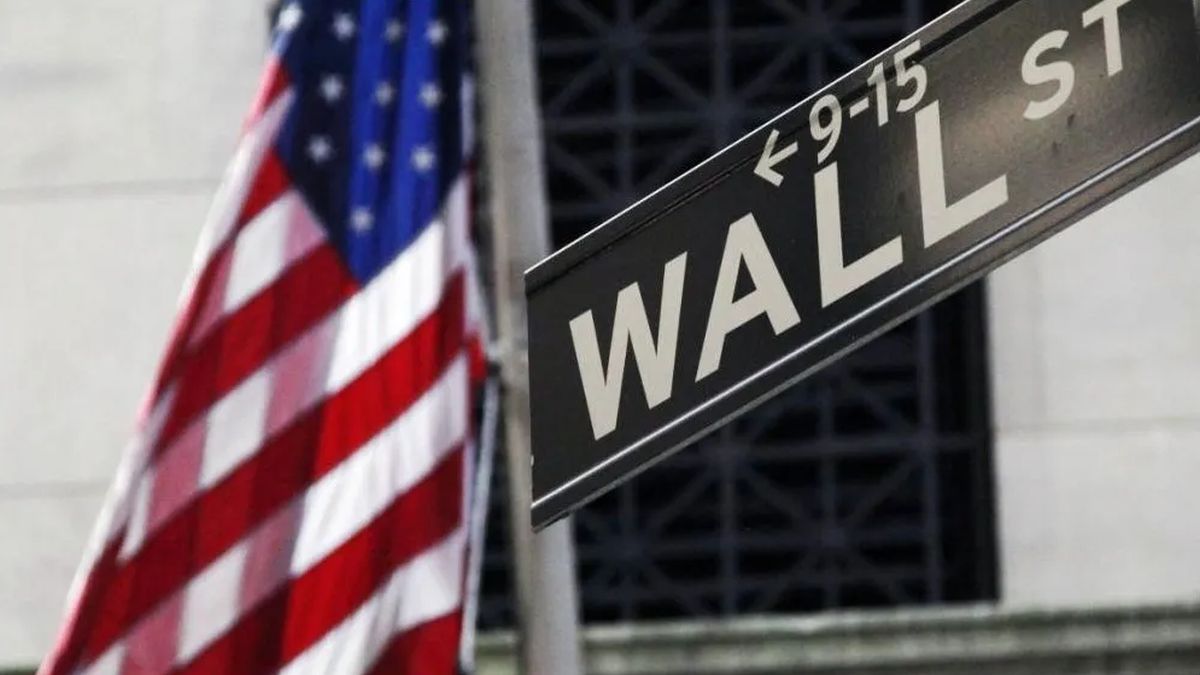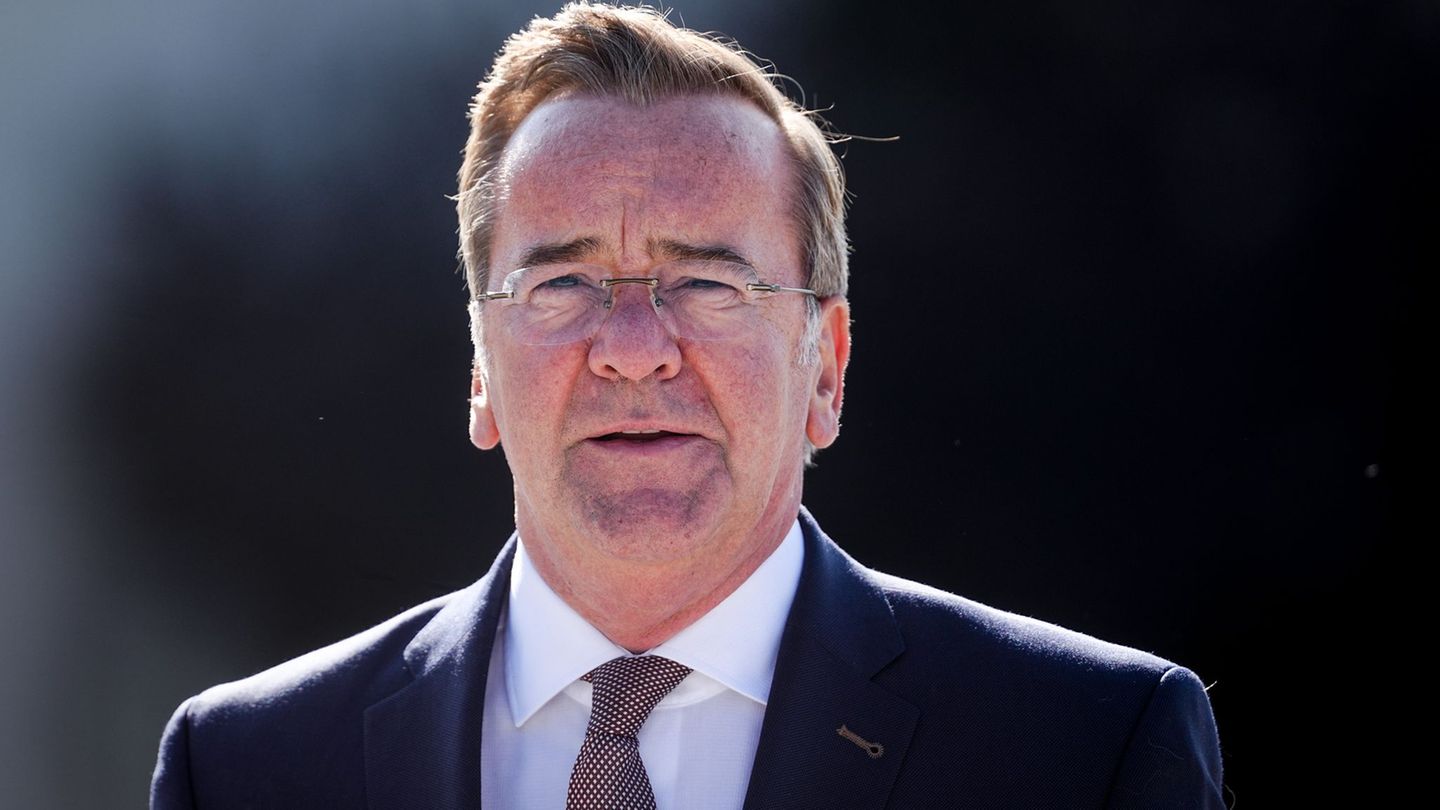Argentine stocks and bonds suffer sharp falls this Wednesday, April 19, and the Buenos Aires stock market cuts a long positive streak, at times of increasing exchange rate pressure due to doubts about the performance of the economy in view of the next presidential primary elections that will take place in just four months.
He S&P Merval fell 2%, to 278,701.52 units, after marking in the previous session a maximum intra-hour historical value in pesos of 288,718.20 points and accumulating a string of eight consecutive rising sessions.
“The local stock market index broke resistance at the 260,000 point level, which had been an obstacle on more than three occasions at the beginning of the year, and accumulates a 30% rise in the last month, reaching 285,000 points” said Mauro Natalucci from Rava Bursátil.
Learn more – Follow the price of the blue, official, CCL and MEP dollar in Argentina
For their part, Argentine papers listed on Wall Street fell to 7.2% in the hands of Banco Macro; followed by Telecom Argentina (-6.7%), Grupo Superville (-6.1%), Edenor (-6%), and BBVA bank (-5.9%).
Internal tensions within the ruling party and the opposition maintain doubts about the future of the domestic economy in the short and medium term. “This Government can no longer make an Economic Plan, it should have been done before. Investors are thinking about the next government”said Javier Timerman of Adcap Grupo Financiero.
The day before, the BCRA only managed to buy one million dollars from the market, despite the validity of a differentiated exchange rate called ‘soybean dollar 3’ to encourage agricultural export settlements.
“In the accumulated since the beginning of the agricultural dollar (soybean dollar), 997 million dollars were liquidated and the BCRA made net purchases for 468 million -equivalent to 47% of the total-“, recalled from Cohen Financial Allies. “In the accumulated of April, the BCRA registered currency sales for 51 million dollars and so far in 2023 it sold 3,053 million and on the other hand, the stock of international reserves fell by 100 million dollars, up to 36,631 million, accumulating so far in 2023 a drop of 7,967 million dollars,” they explained
“Alert for the BCRA reserves: the “agricultural dollar” is being ironed in the midst of the skyrocketing of the blue,” said analyst Salvador Vitelli.
In the global context, investor attention was focused on what the Federal Reserve might have to do to control inflation.
Bonds and country risk
In the fixed income segment, the sovereign bonds in dollars that achieved a recovery in the previous day, they return to falls of up to 6.6% led by the Global 2035, the Bonar 2030 (-4.9%) and the Bonar 2038 (-4.7%).
Thus, the country risk touches maximums since last October, when climbing 2.1% to 2,572 basis points.
“The fundamentals of the private sector (shares) show that it is better prepared to capture a possible improvement, while the same is not the case with bonds, especially considering that the maturity profile becomes bulky from 2024”they said from Cohen. “In fact, prices are pricing in a 2020-like restructuring and that creates a lot of uncertainty,” he claimed.
This week the opinion of the Faculty of Economic Sciences on the public debt swap proposed by the Government was known, by which official entities must exchange their bonds in dollars (New York Law) for a new Dual bond maturing in 2036, the which supports the operation generates a neutral effect for the consolidated public sector.
Source: Ambito
I am a 24-year-old writer and journalist who has been working in the news industry for the past two years. I write primarily about market news, so if you’re looking for insights into what’s going on in the stock market or economic indicators, you’ve come to the right place. I also dabble in writing articles on lifestyle trends and pop culture news.




